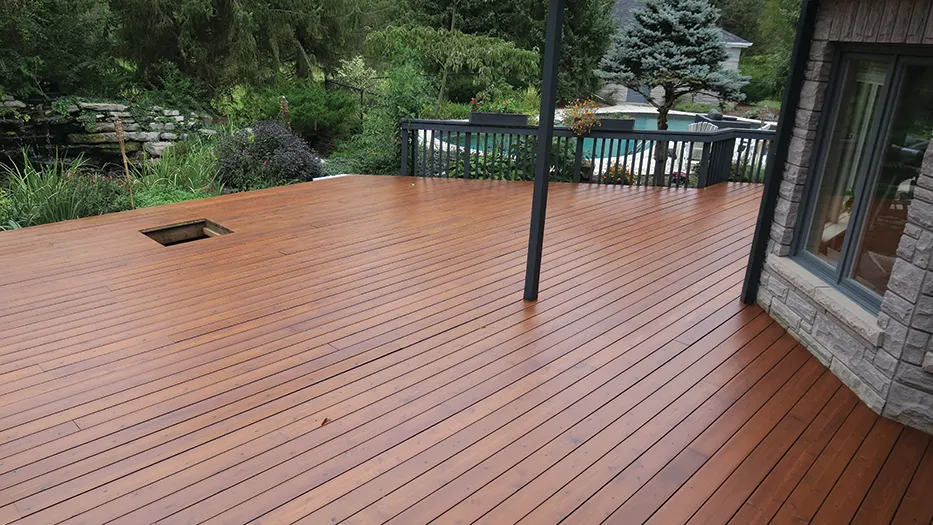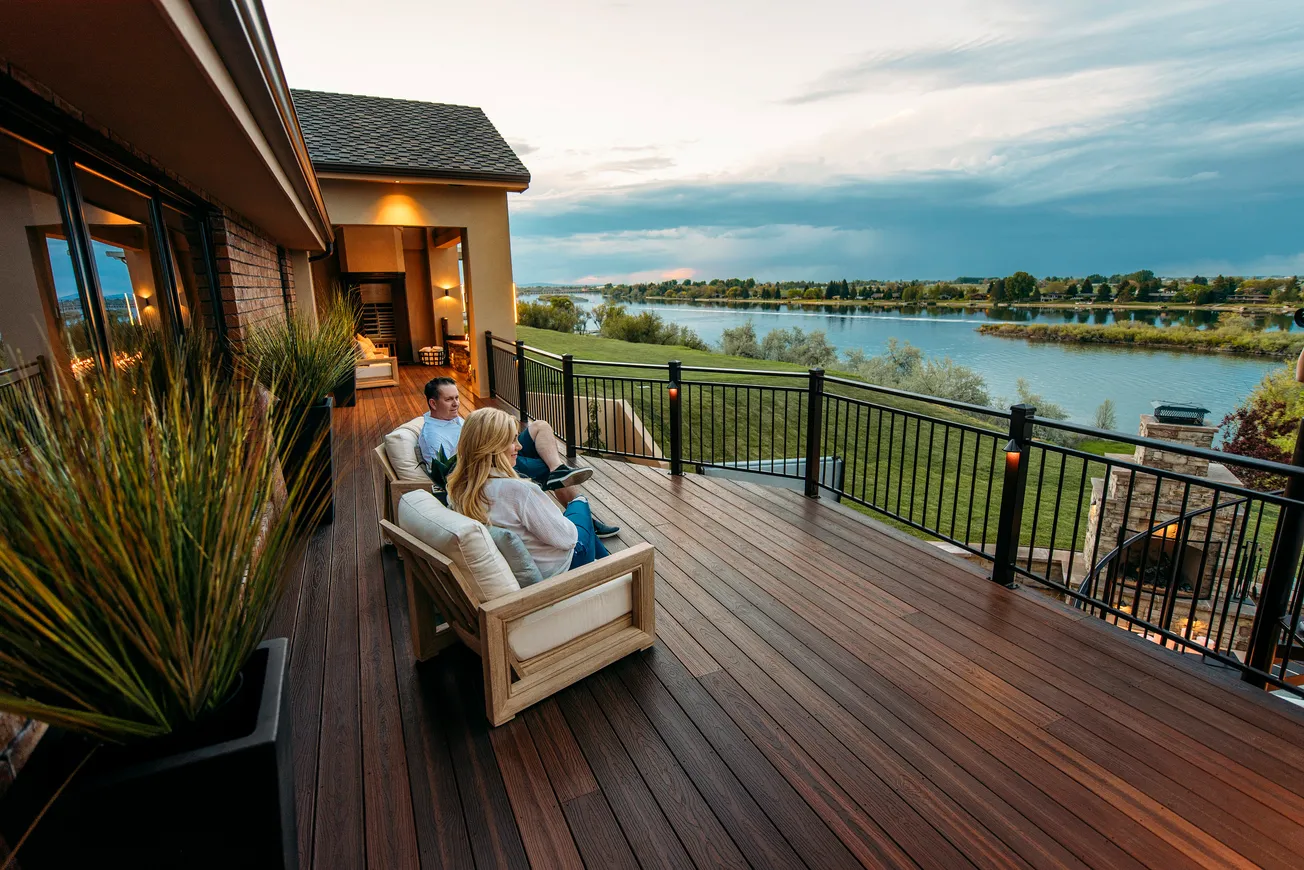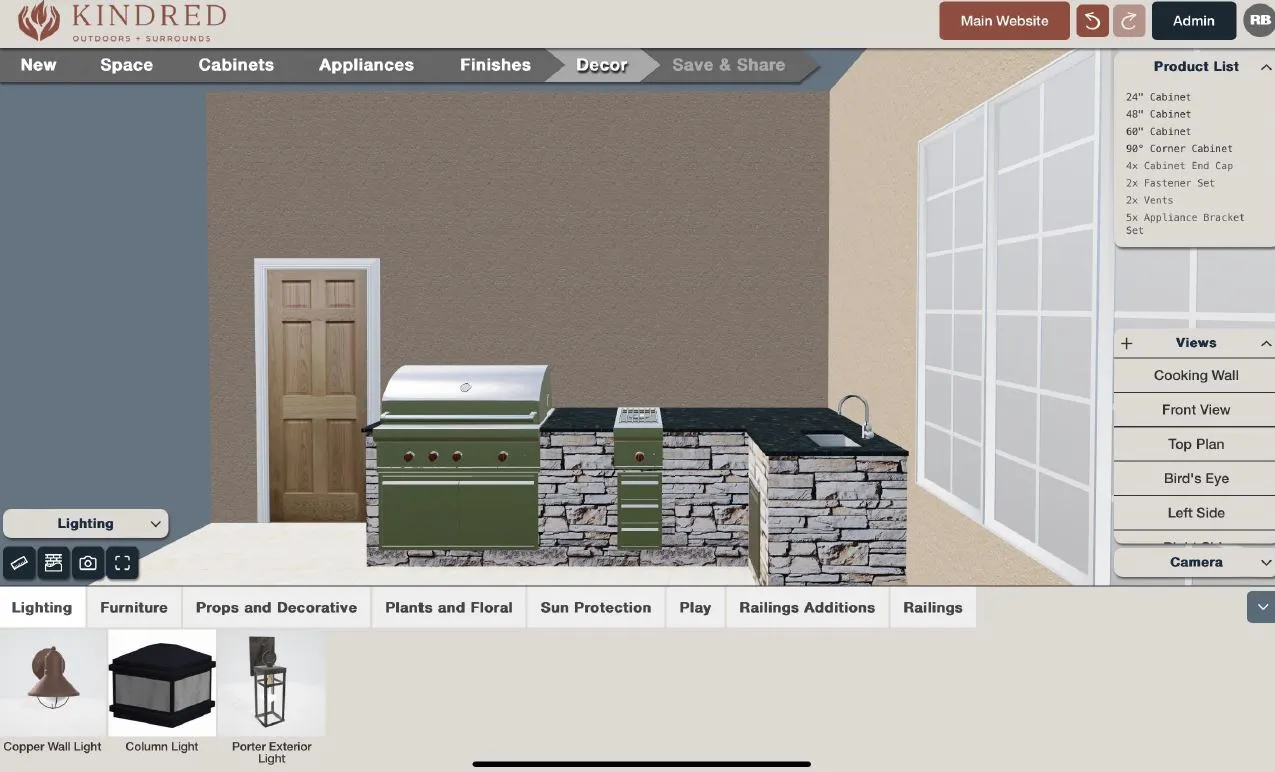Table of Contents
Regardless of wood type, all decks require a maintenance coat of finish to retain their beauty and ensure the highest level of protection from the elements. Putting your customers’ decks on a routine maintenance schedule is key to keeping uneven wear at bay. In many cases— where the deck has worn evenly—a simple wash followed by a maintenance coat application are all that is needed. However, not all deck surfaces wear evenly. If that’s the case, it takes more careful inspection and remediation.
Here are the best practices for deck restoration, as well as tips for dealing with uneven wear and tear you may encounter.
Select the right finish.
Where many deck coatings easily peel and scratch, waterborne finishes dive deep into the wood. Protecting the wood from deep within, waterborne products repel water while allowing the wood to “breathe” naturally and not trap moisture.
Identify issues that impact the maintenance cycle.
It’s important to carefully inspect your decks and look for even the smallest signs that maintenance is needed. There are many factors that play into the wear and tear on a deck, including the geographic location of the property. Is the deck located in a wet climate or one that experiences severe temperature shifts? Furthermore, a deck may have a high-traffic area that leads from the back door to a pool or a much-used lawn area. Or maybe there are a couple of areas that regularly get saturated with water from the lawn sprinklers. Other design issues that could raise problems are poorly-located downspouts or a clogged gutter that can cause water to pour constantly onto a portion of the deck during periods of precipitation. Other areas may get more wear from higher-than-normal exposure to rain, snow, sun or foot traffic.
It is important to remember that excessive moisture is much more problematic than UV exposure because wetting causes the wood to swell and then shrink while drying. This natural expansion and retraction causes little cracks to form as the wood cycles through these extreme conditions, leading to discoloration and premature wear of the coatings.
This is why you should always encourage your clients to design their landscape and roof drainage to avoid excessive wetting. Simple design tweaks can help reduce these extreme moisture exposures and ultimately extend maintenance cycles.
Check the quality of the coating.
In most cases, a simple water bead test will indicate if it is time to conduct maintenance on a deck surface, and it is a good visual to conduct with your customers. Simply drop a bead of water onto the deck. If the water soaks into the surface of the wood, it is time to apply a maintenance coat. If the water sits on top of the surface, the coating is sufficient.
Look for areas of uneven wear.
During a thorough examination, you may encounter a deck where the majority of the surface still looks great, but a small portion of it requires attention. You could see discoloration, cracking, and there might even be moisture intrusion, swelling and contraction at the end grain. In this case, you will need to take a two-pronged approach: (1) correct the high-wear areas, and (2), maintain the other portions of the deck with the normal maintenance coat.
Clean the deck & prepare the surfaces.
For maintenance coat preparation, a cleaner like Sansin Multi-Wash can be applied with a scrub brush. Once the cleaner is applied for the recommended period of time, rinse it off with a garden hose using plenty of water. Then, allow the deck to dry thoroughly.
Address worn spots.
Before putting a maintenance coat over the surface, redo entire boards that are showing signs of wear that cannot be addressed with a spot treatment. Using 60-80 grit paper, sand down the problematic boards to the bare wood and then refinish them with the original waterborne coating. Once the entire deck is top-coated, these boards will blend in and there will be no noticeable difference in the color or clarity.
On other areas where a spot treatment is sufficient, carefully sand the spots with 60-80 grit sandpaper then use a china bristle brush to apply the stain directly to those bare areas. Let the product stand wet and soak into the bare wood. Applying to the point of refusal will provide a better color match to the previously applied areas.
Brush away the excess product, leaving about 4-5 wet mil, being careful to wipe the product away from the intact coating around the bare spot. Now, scuff sand the newly stained area with 220 grit paper. Apply the topcoat in the same fashion as the first coat, but allow it to blend into the surrounding, intact coating area.
Apply the maintenance coat.
Now that the corrective staining is complete, a maintenance application can be applied to the entire deck using a 6” Corona brush. The main takeaway for your customers is to apply a maintenance coat before more serious corrective action is needed. Waiting just one season too long can make all the difference between a simple task and a more challenging job.
Caroline March-Long is director of sales & marketing at Sansin Corp. For more information, visit www.sansin.com.








